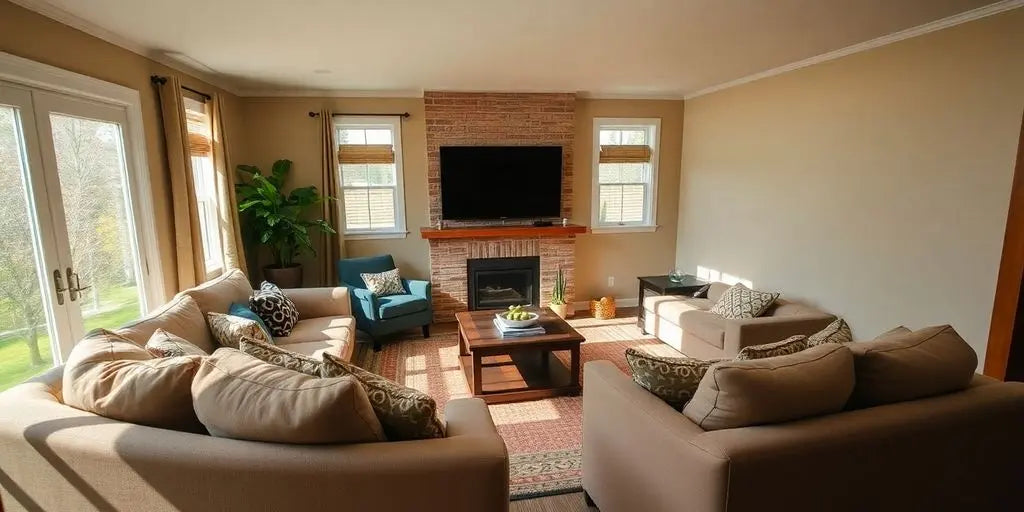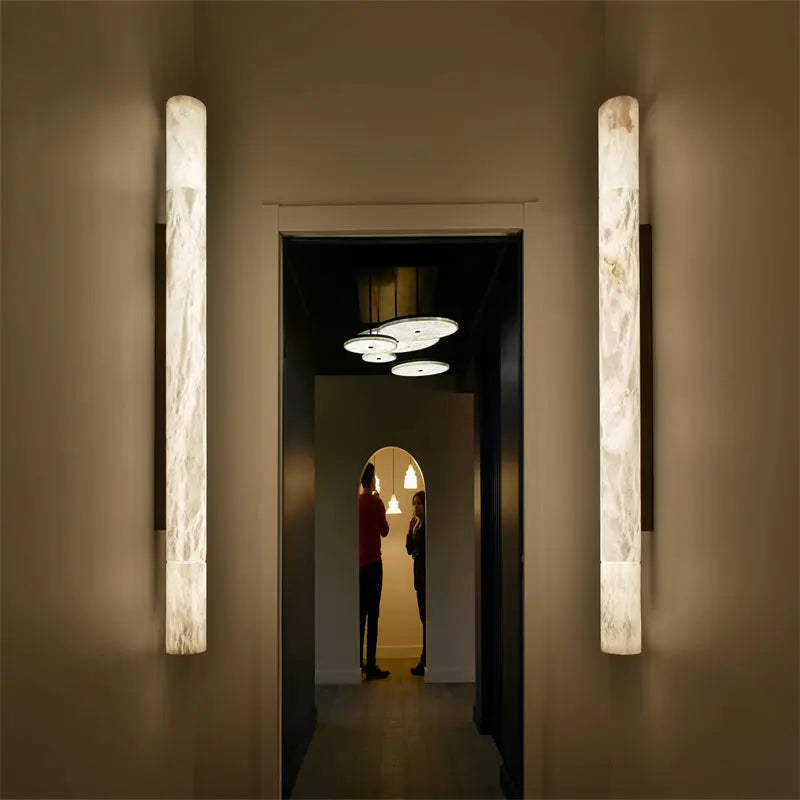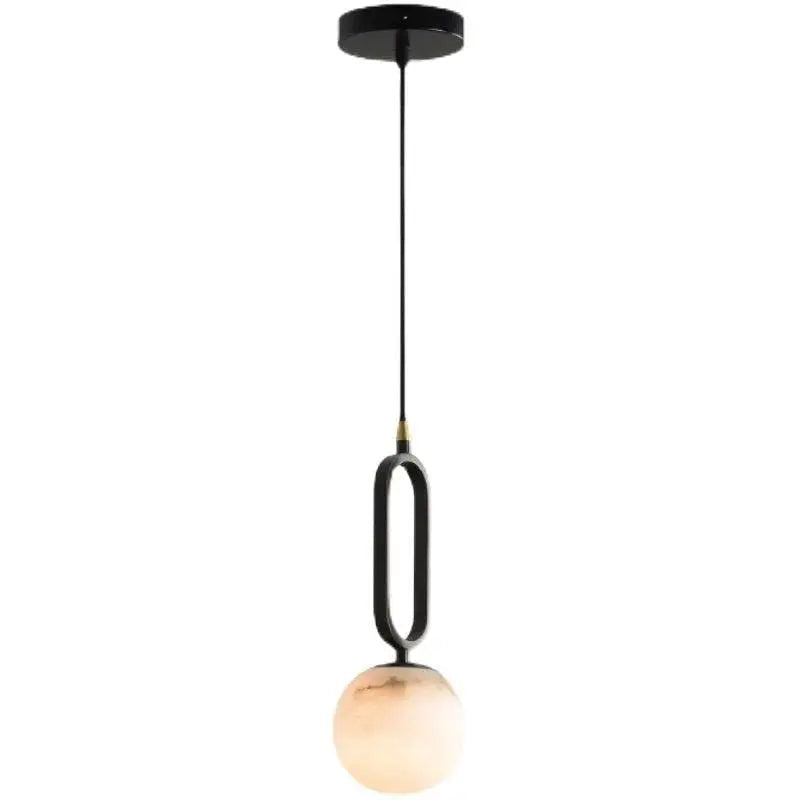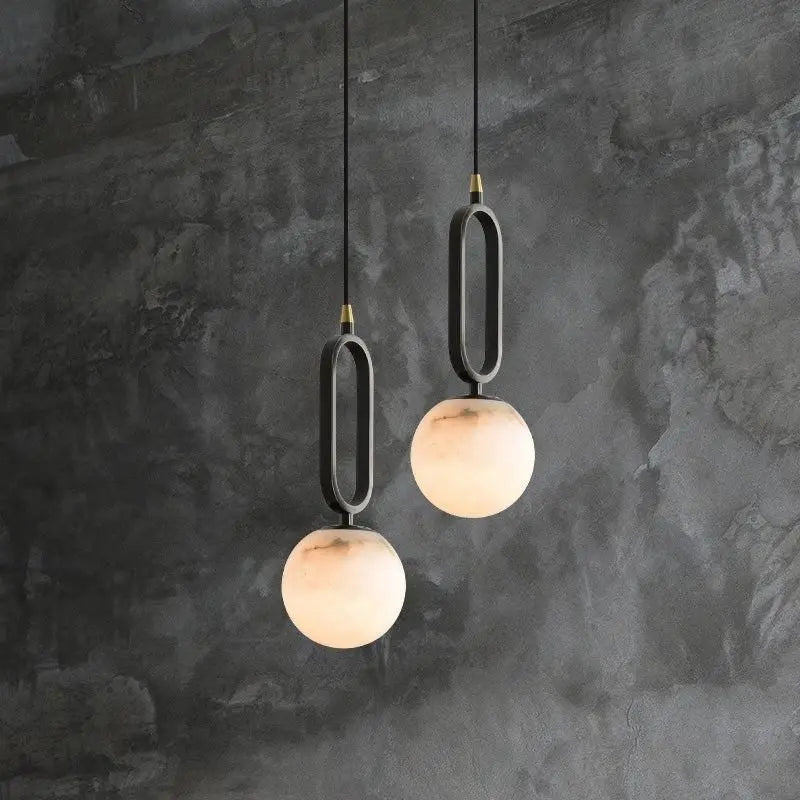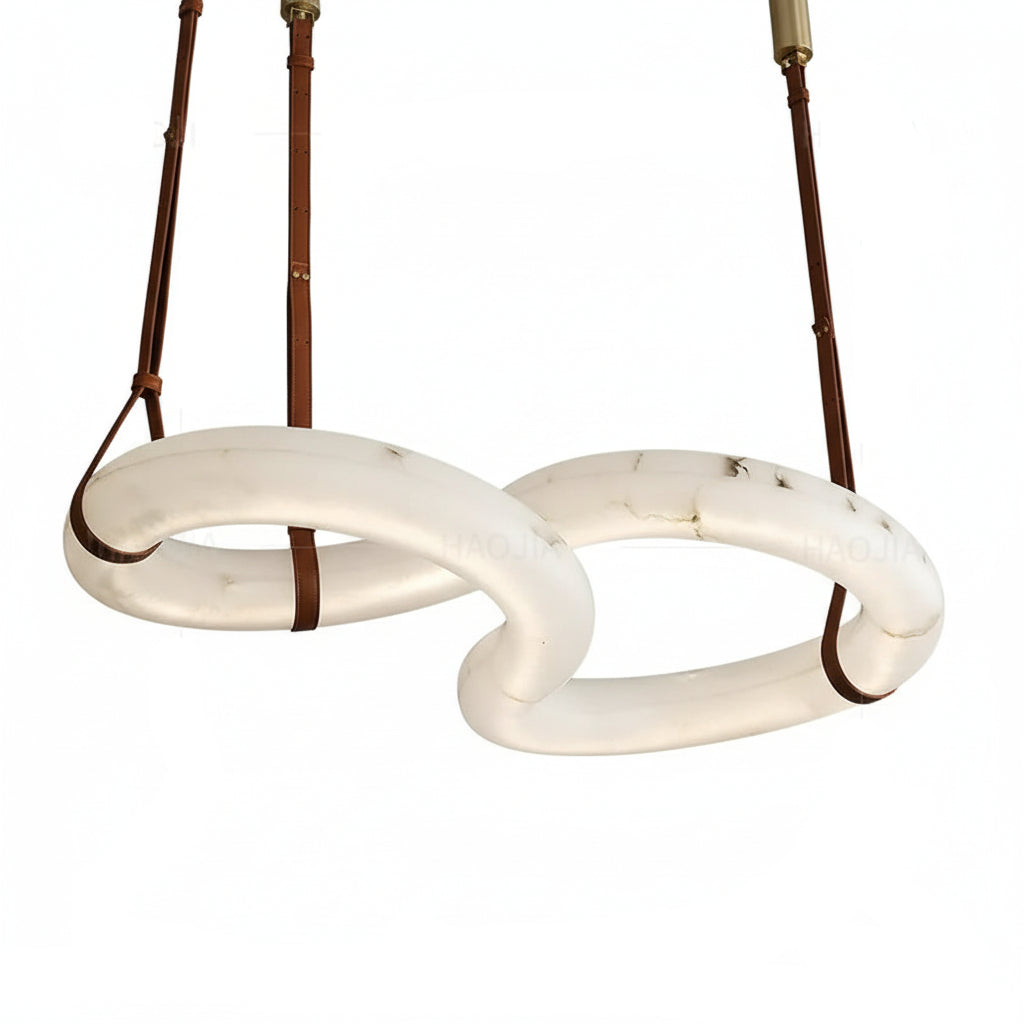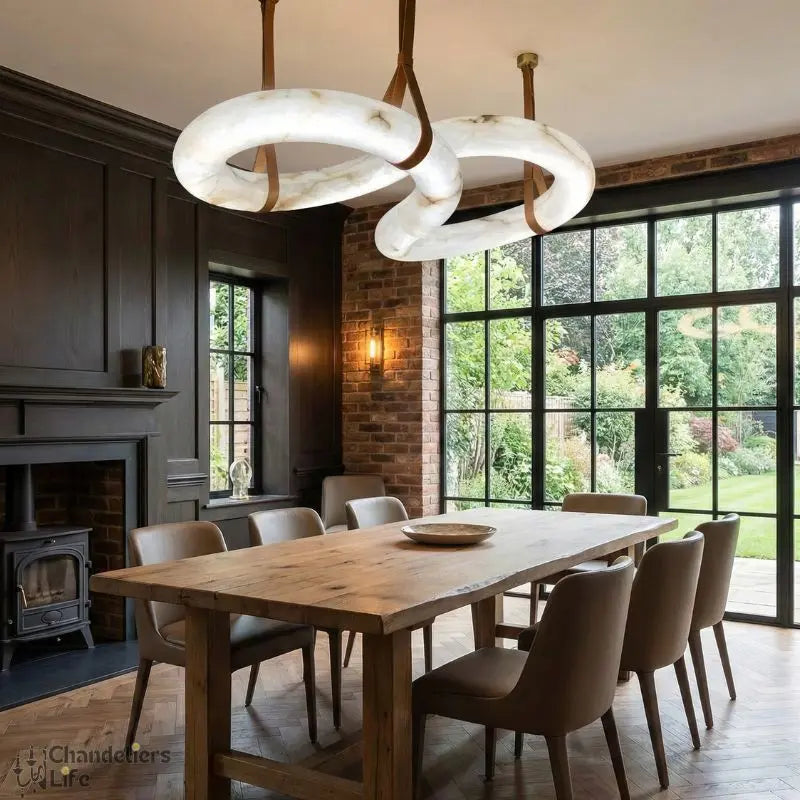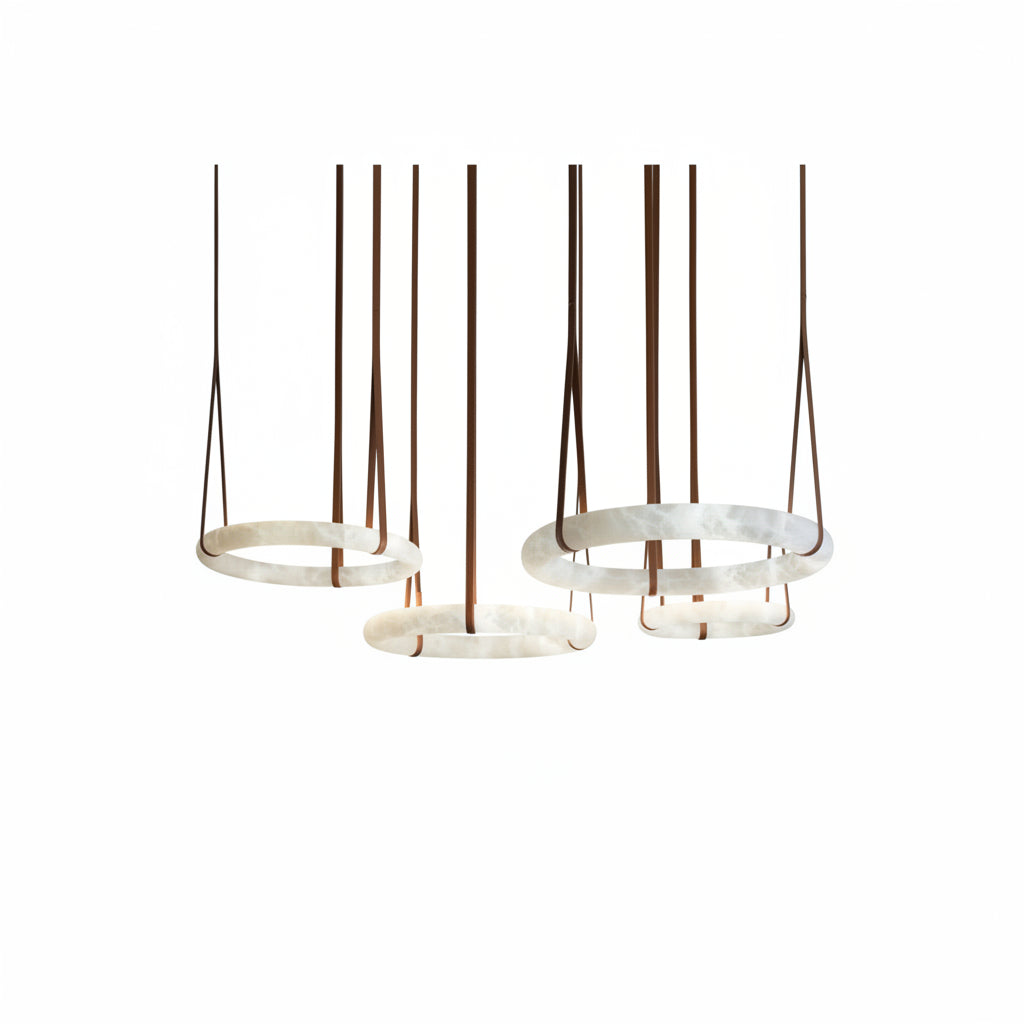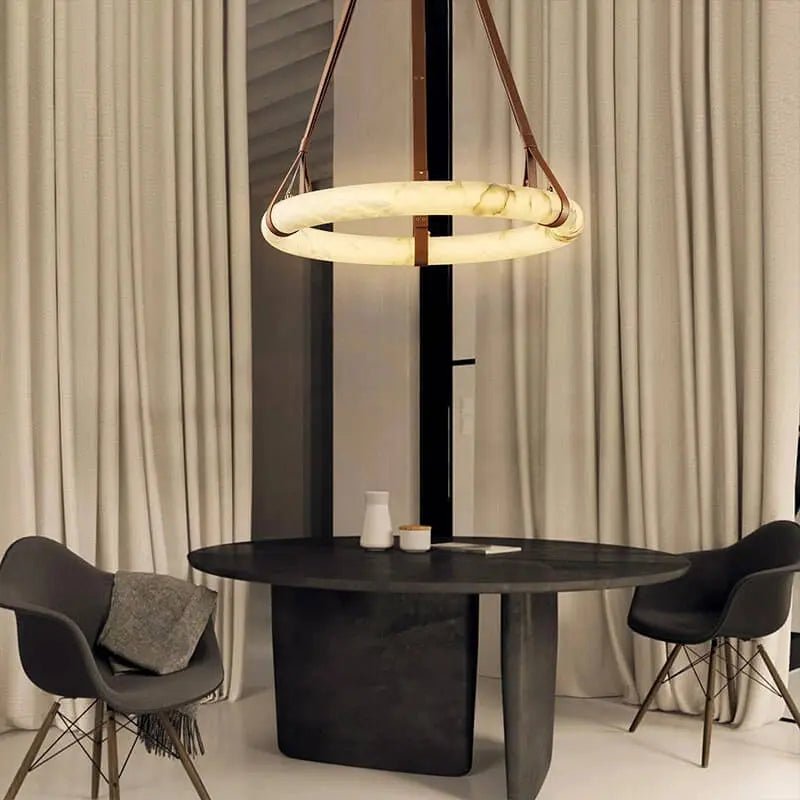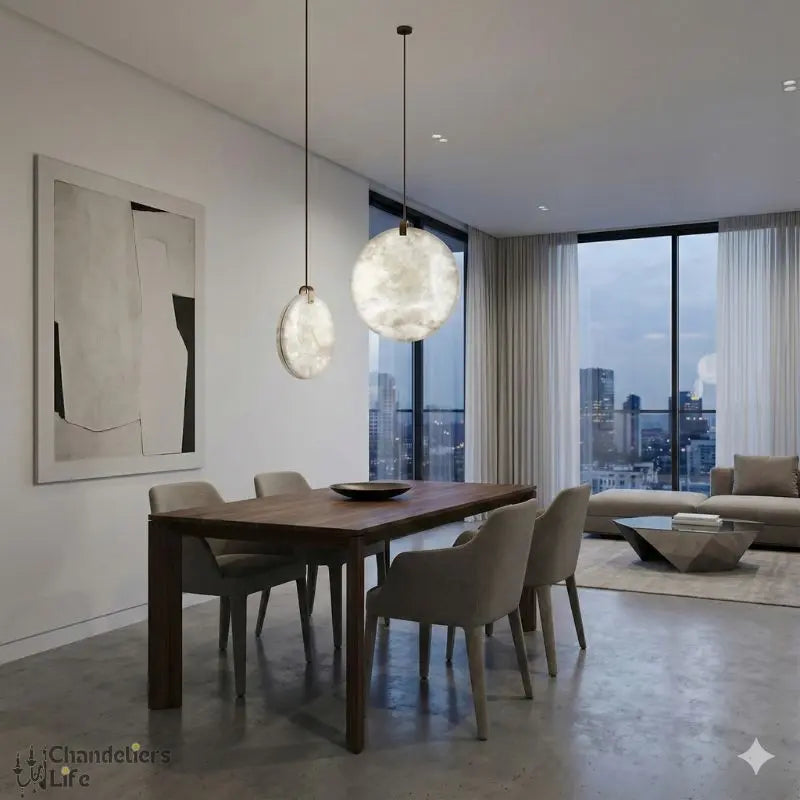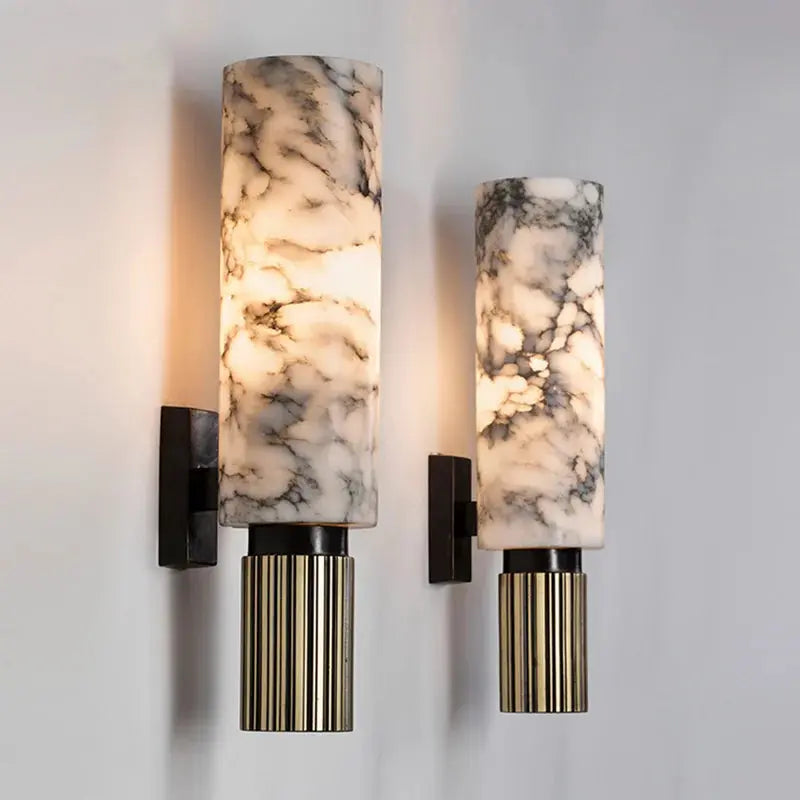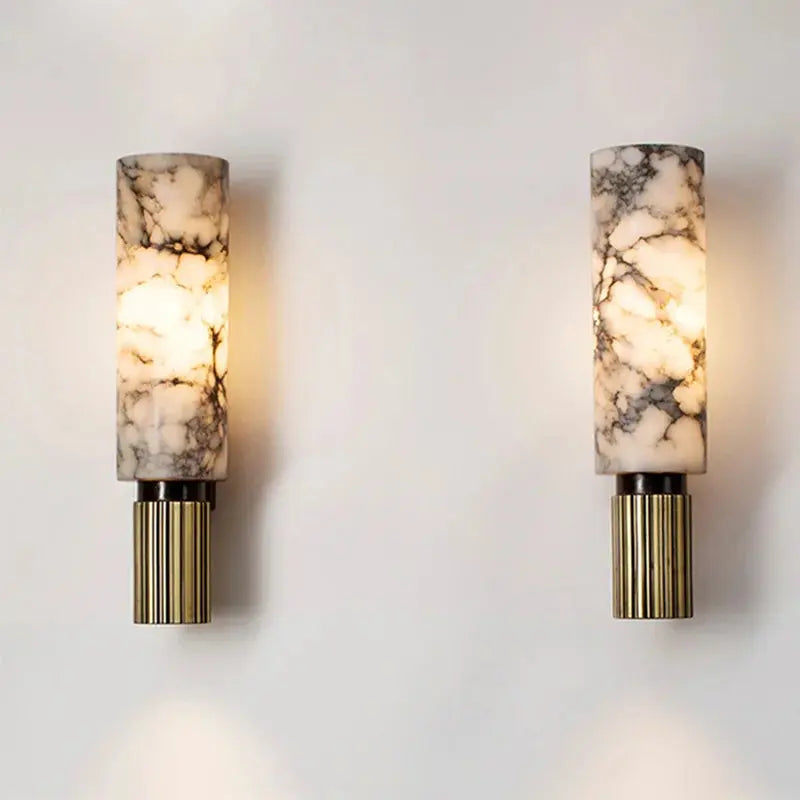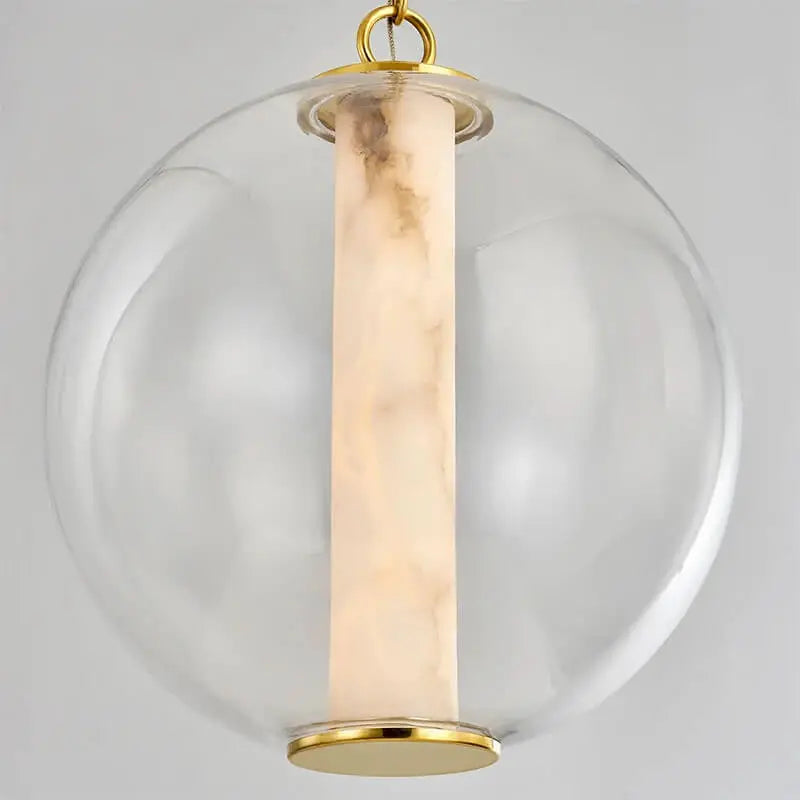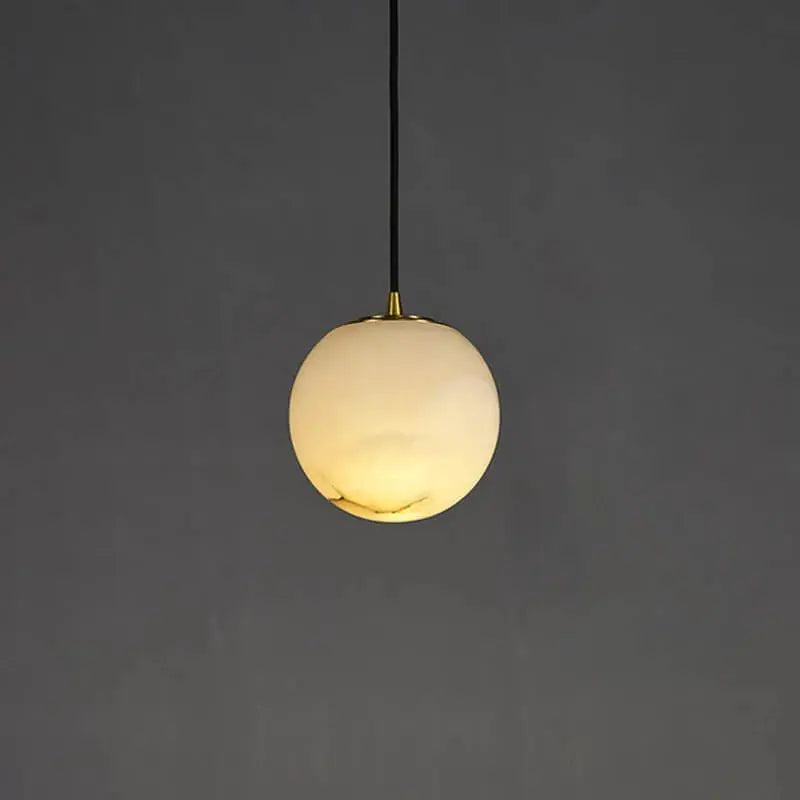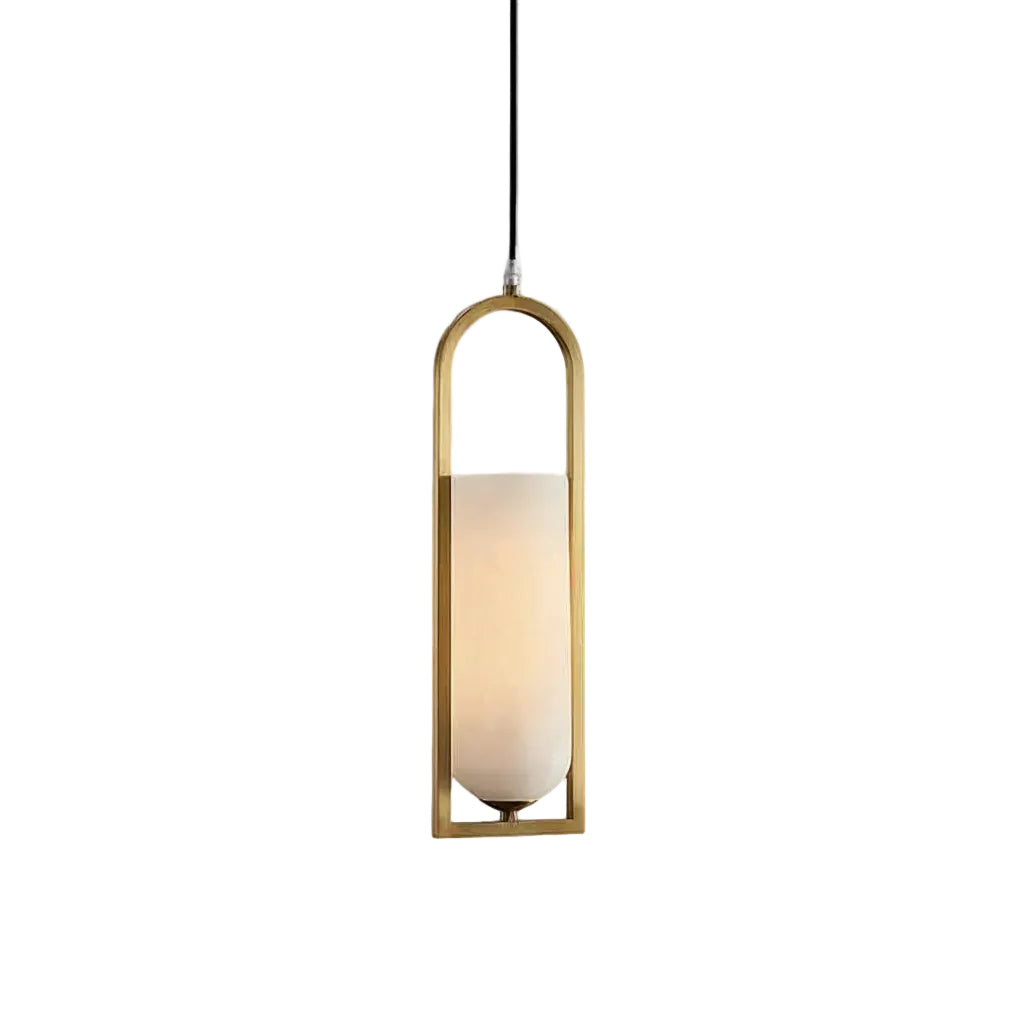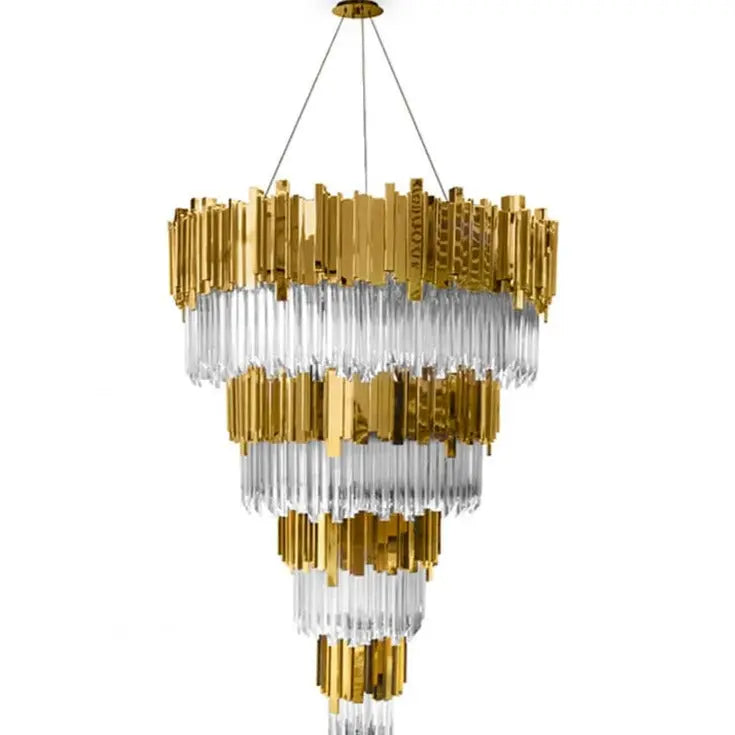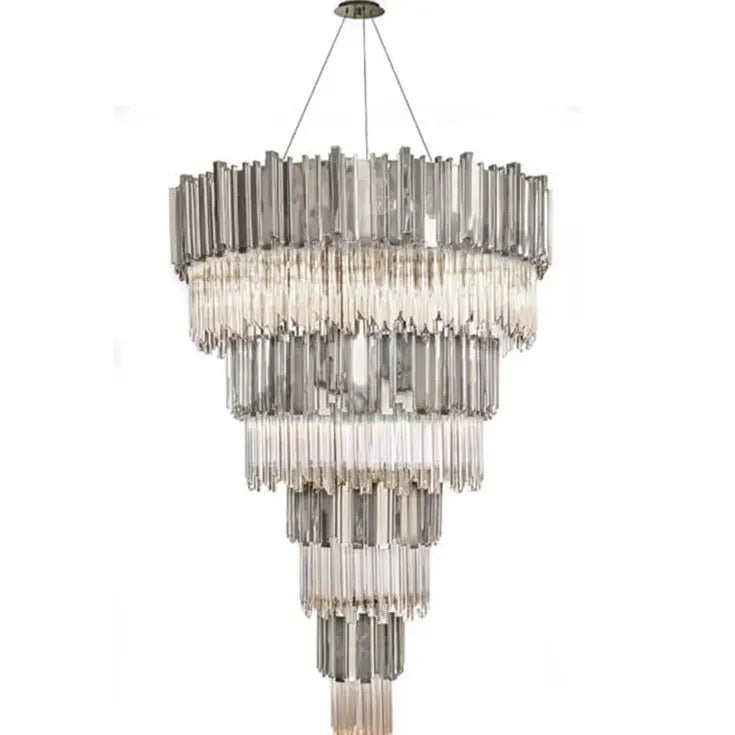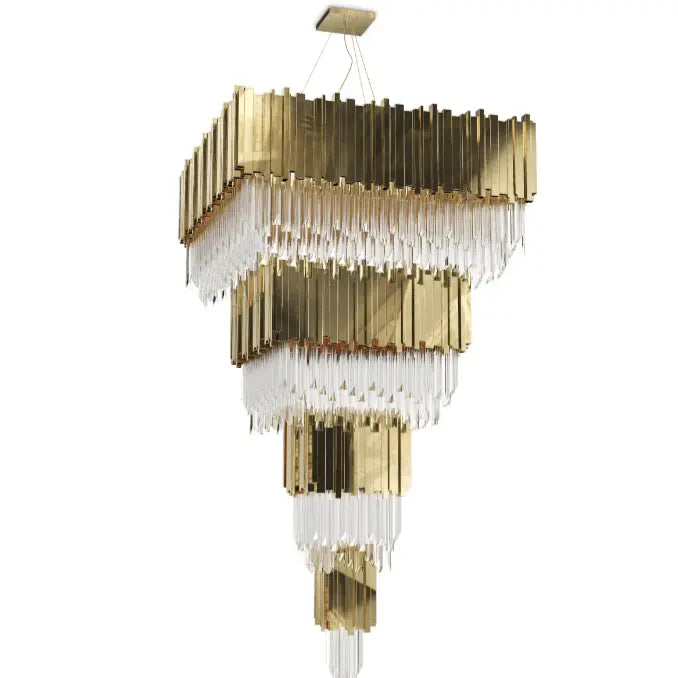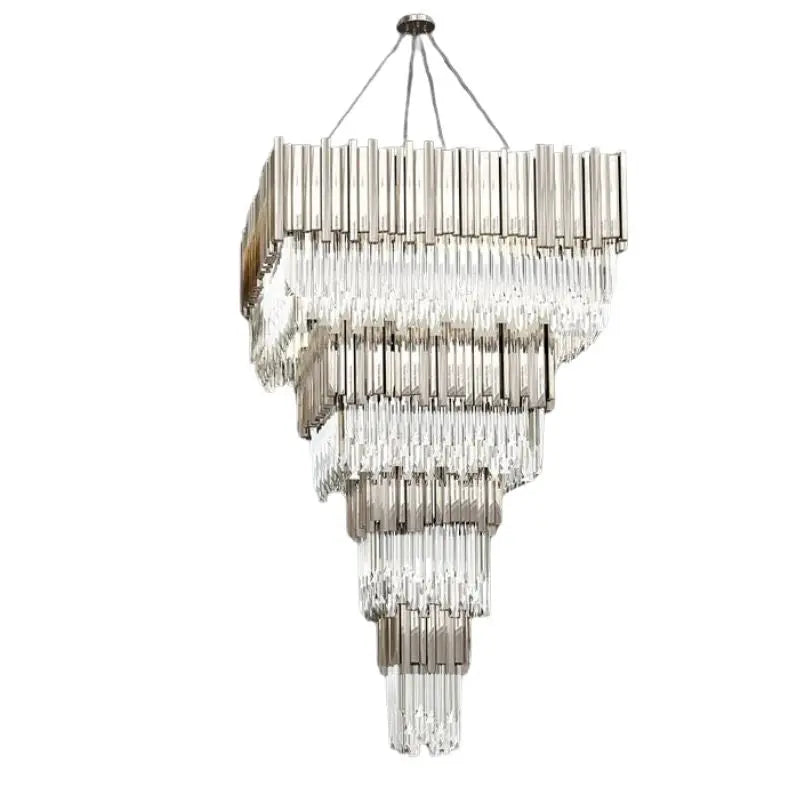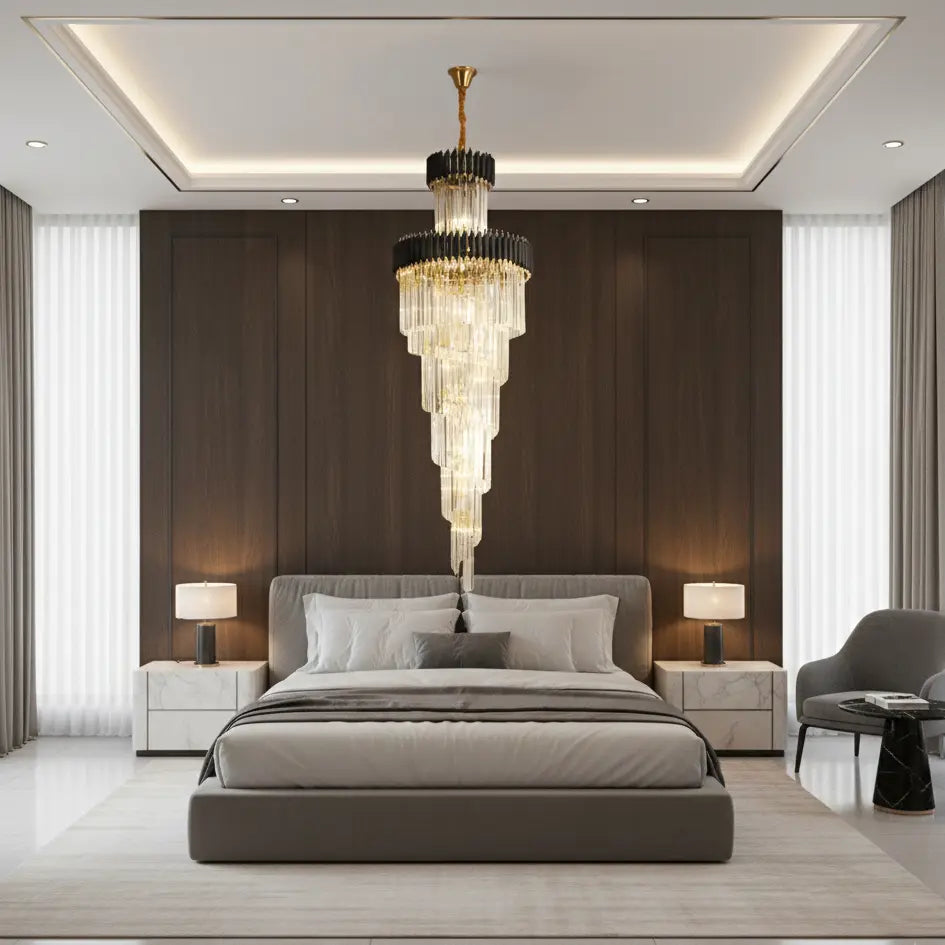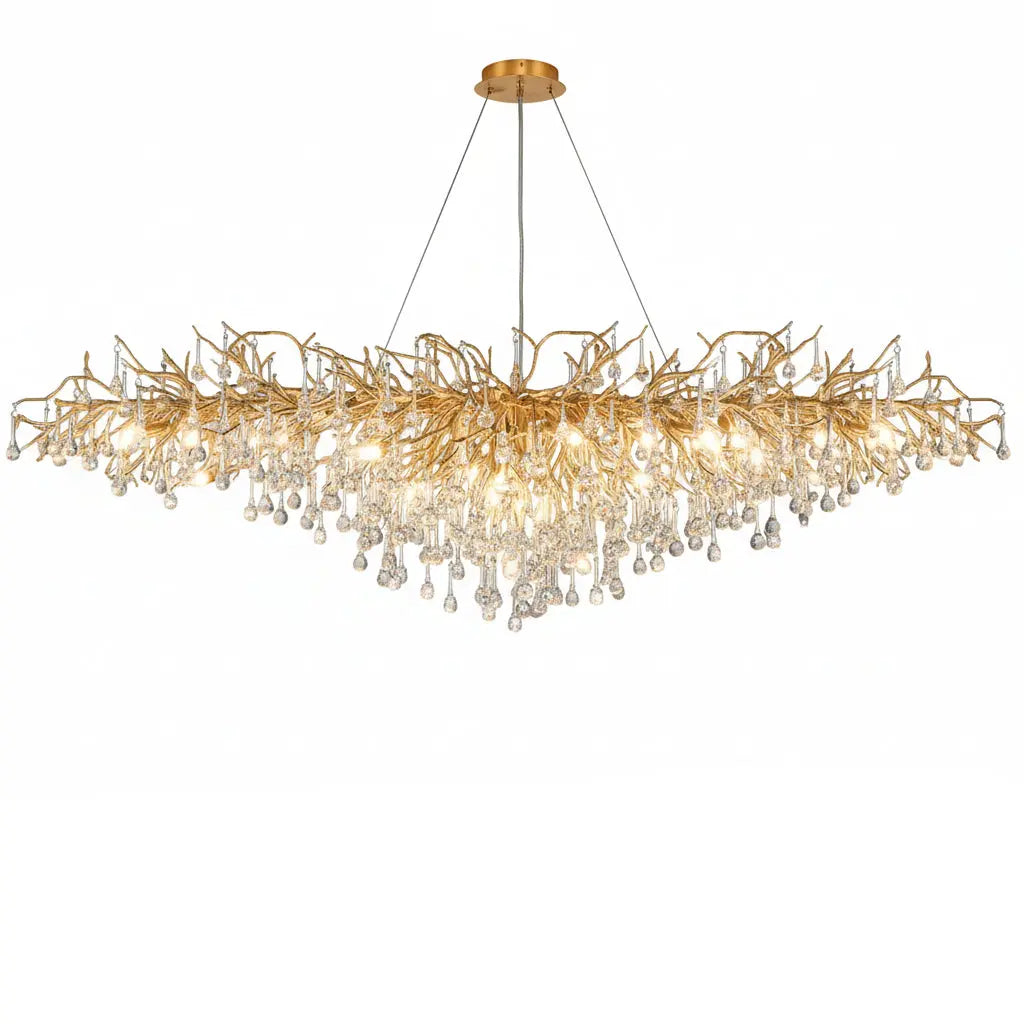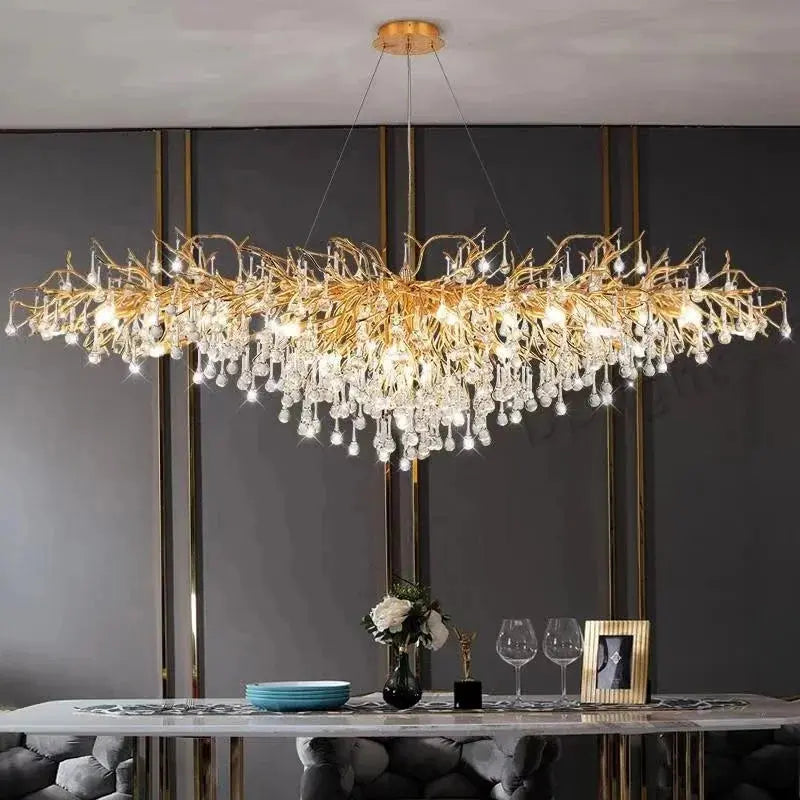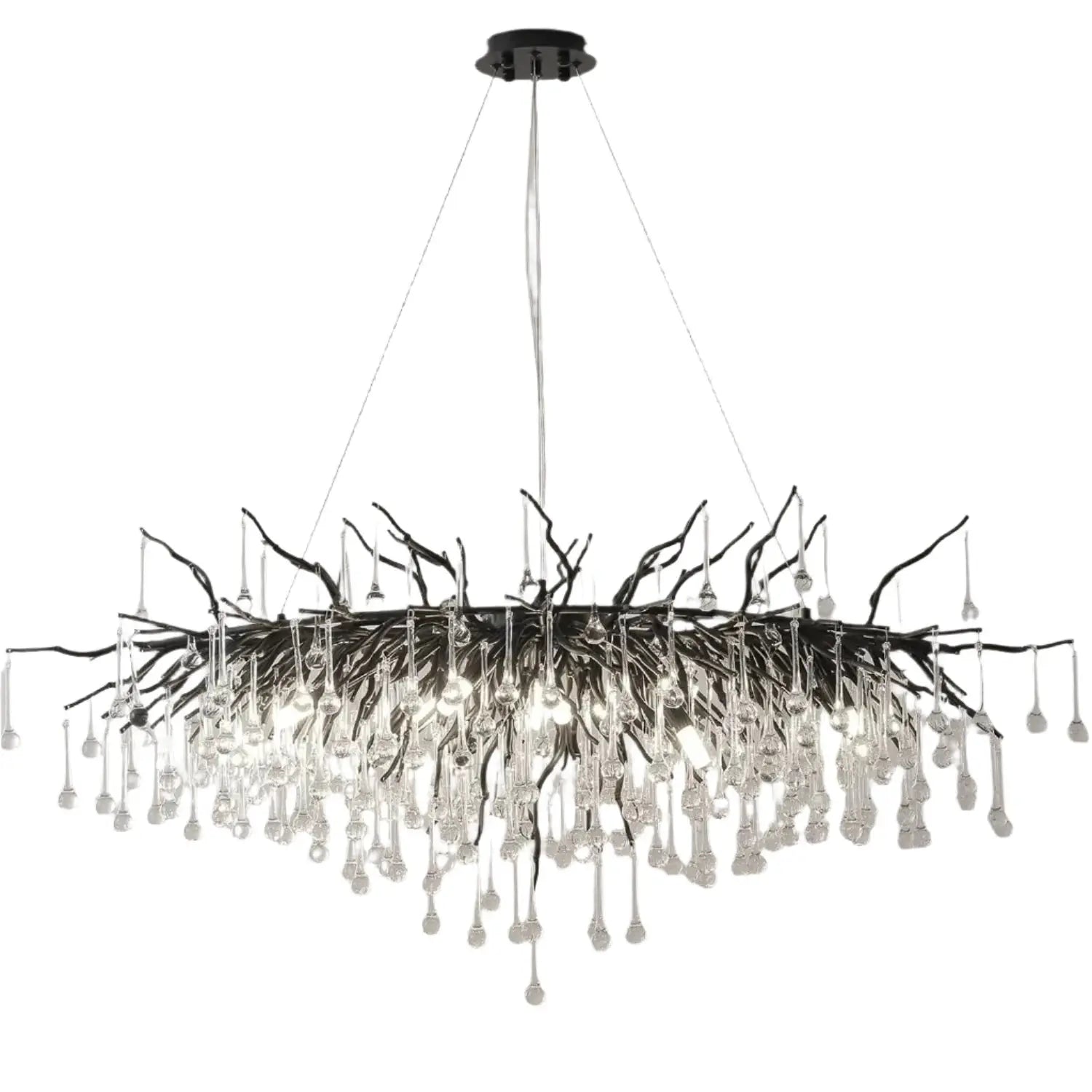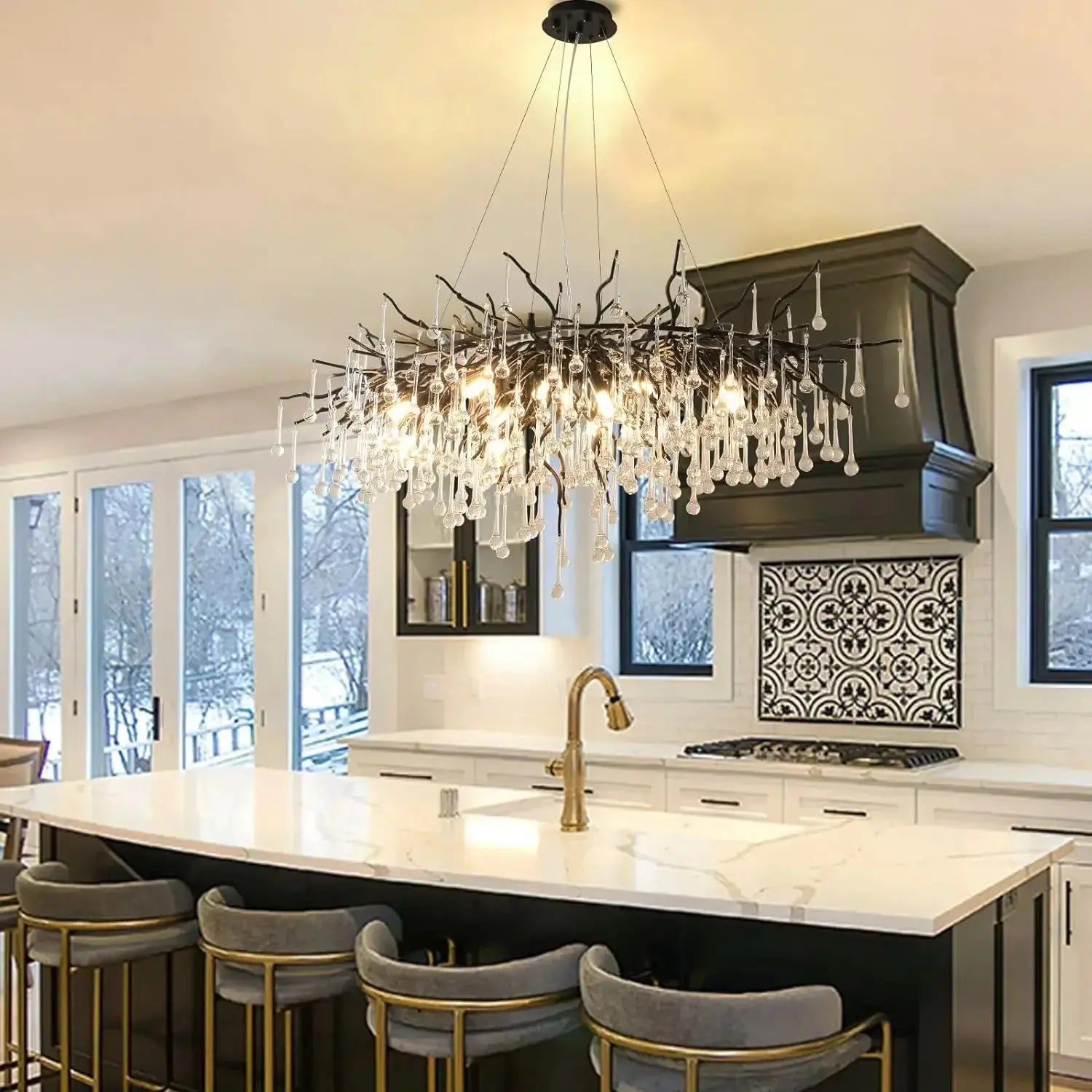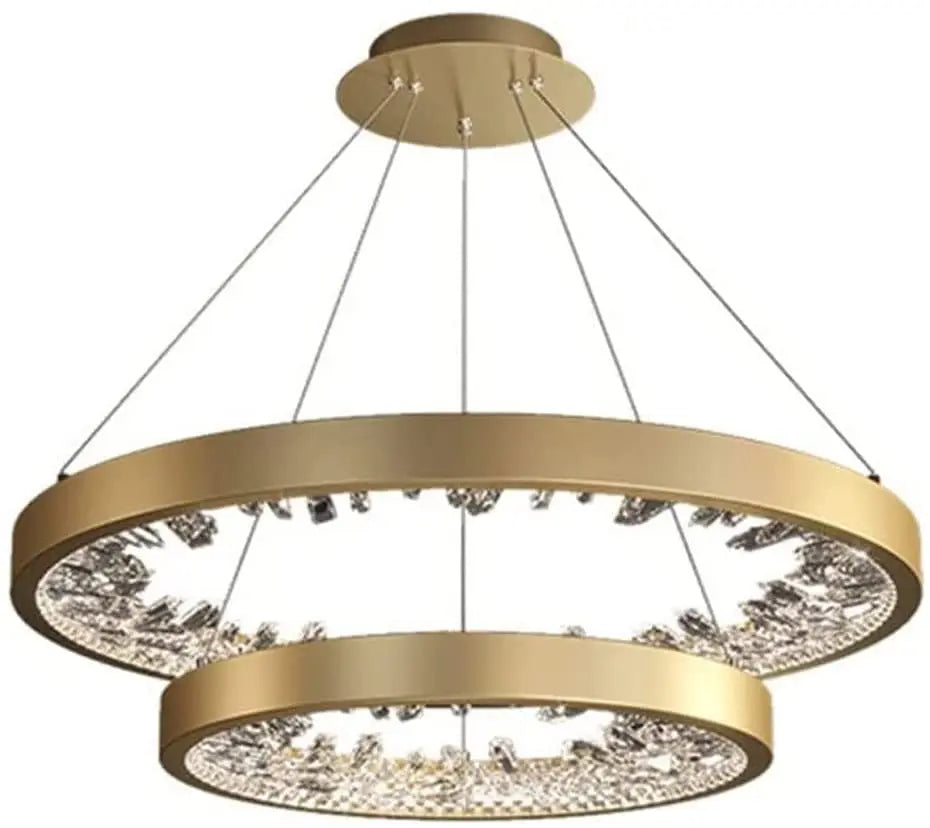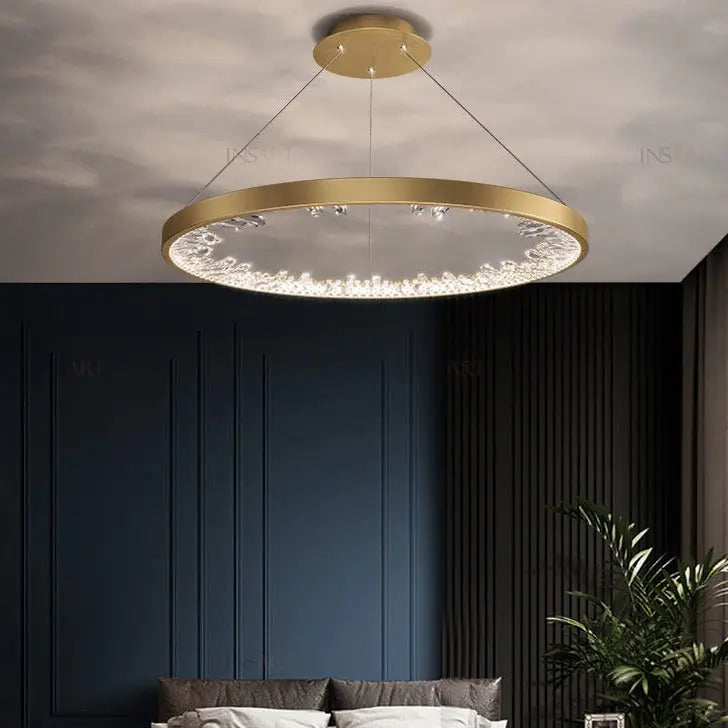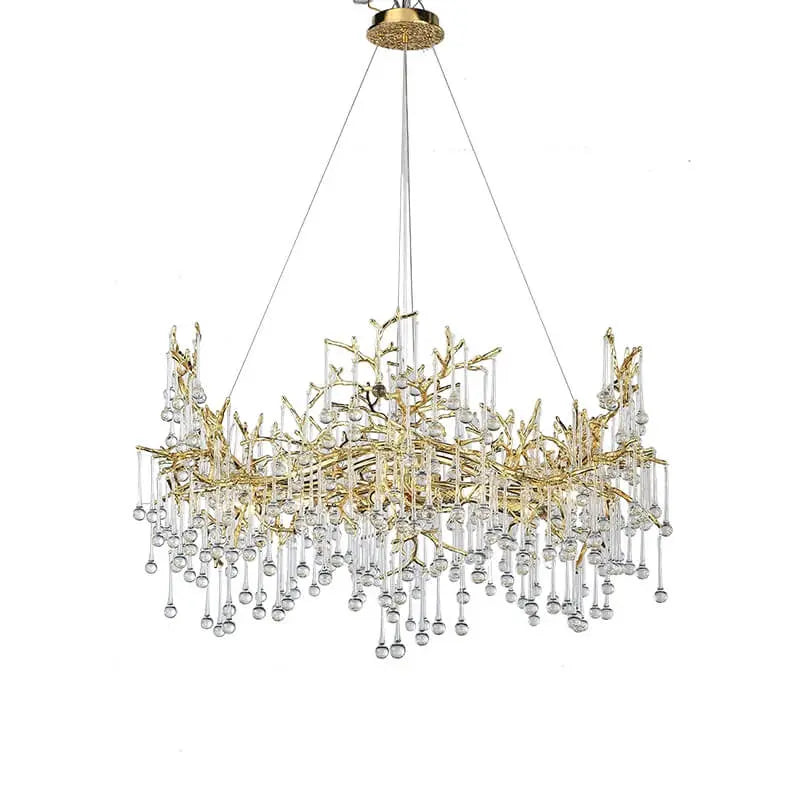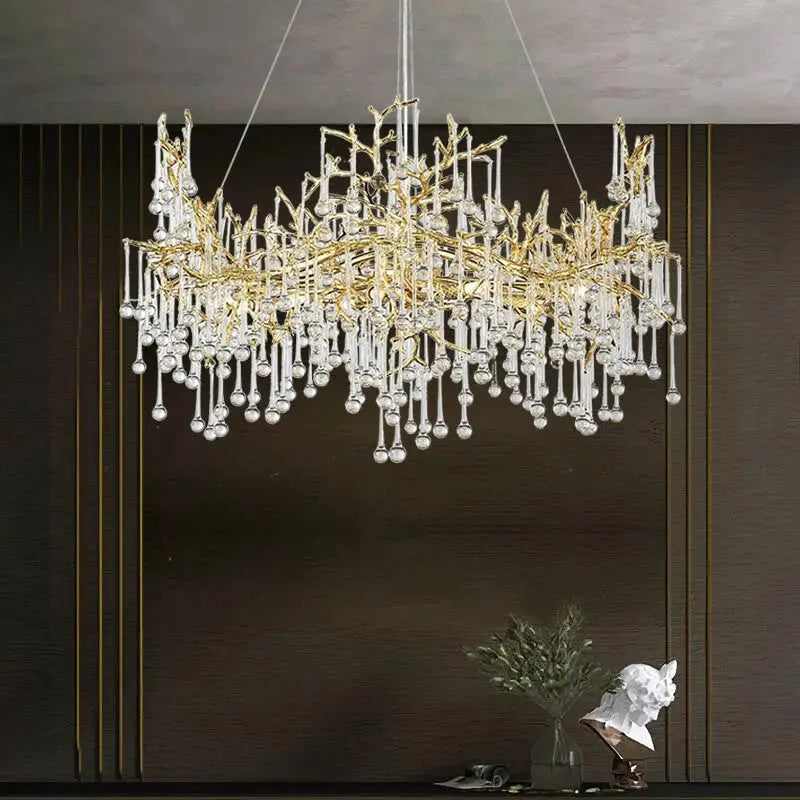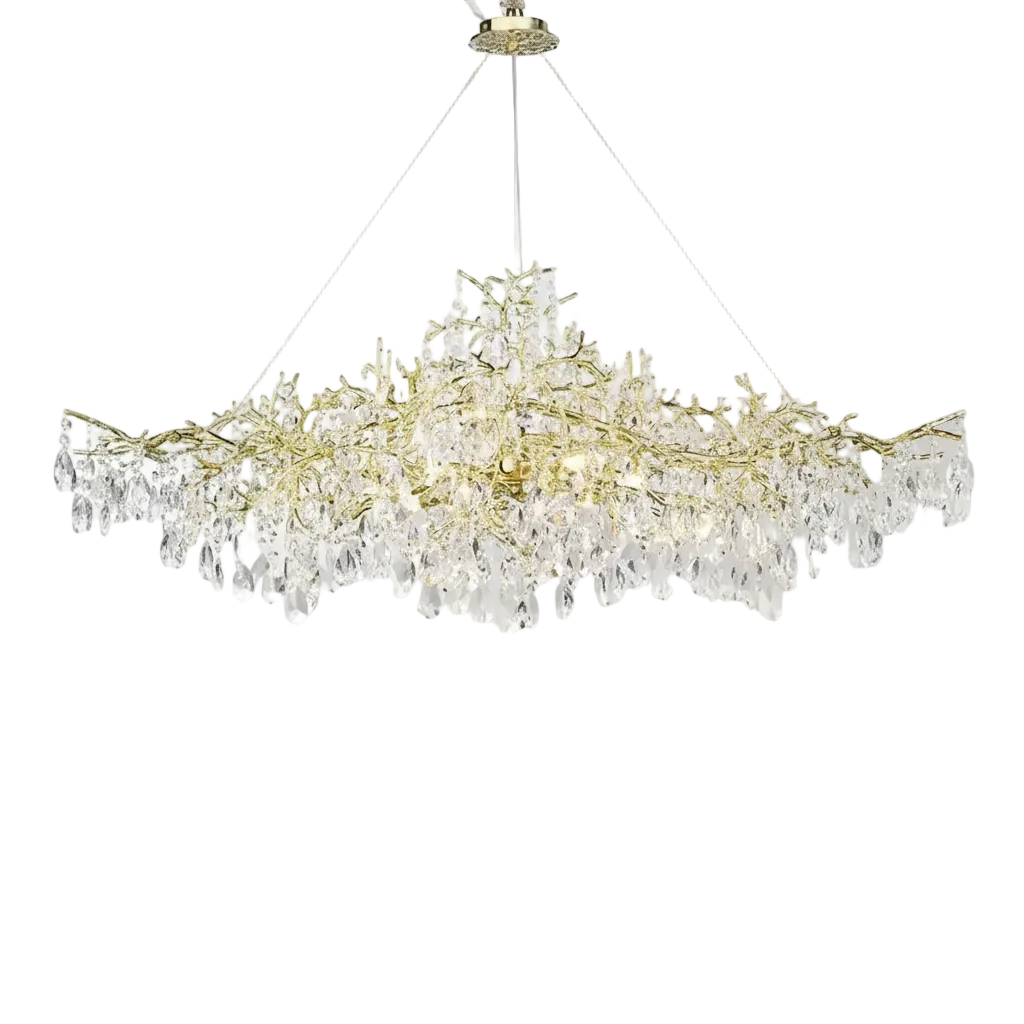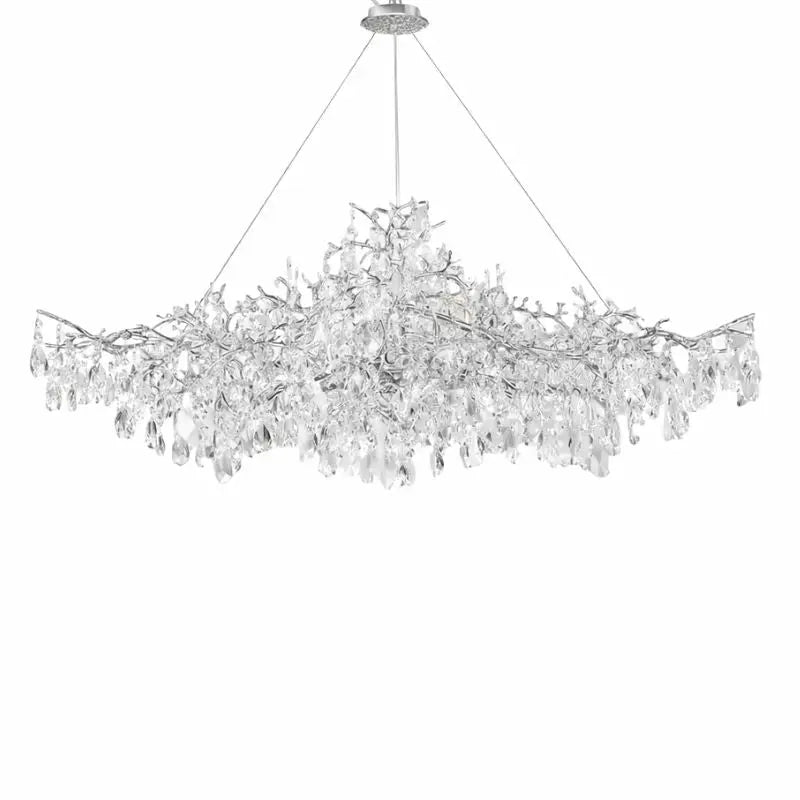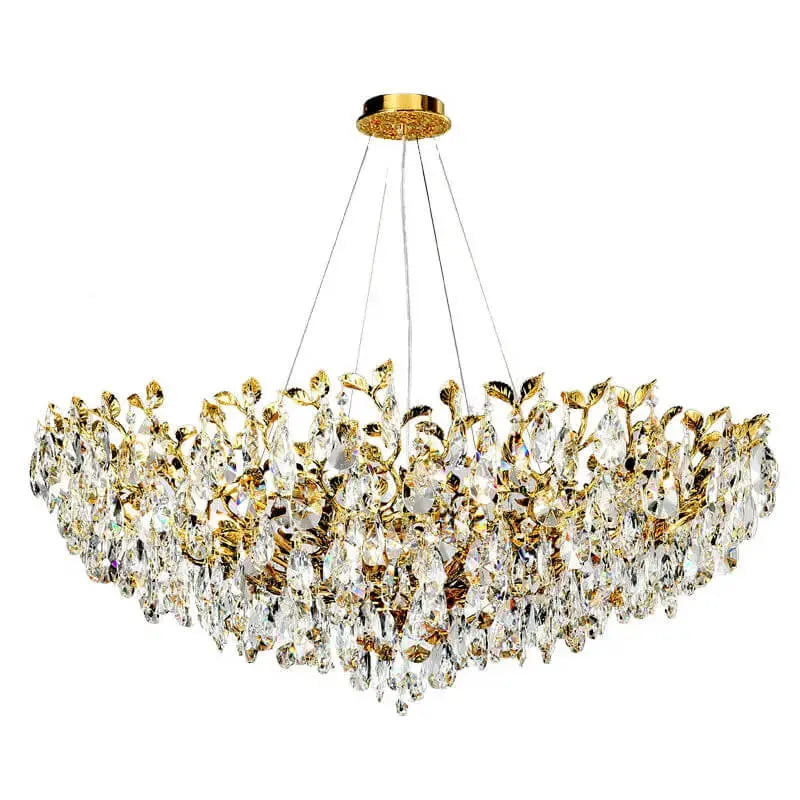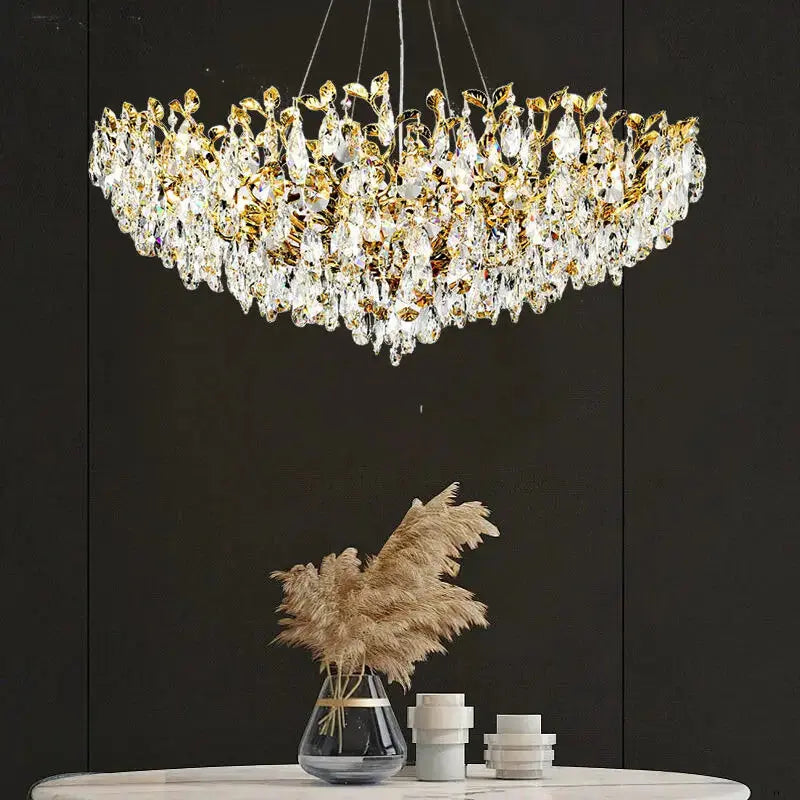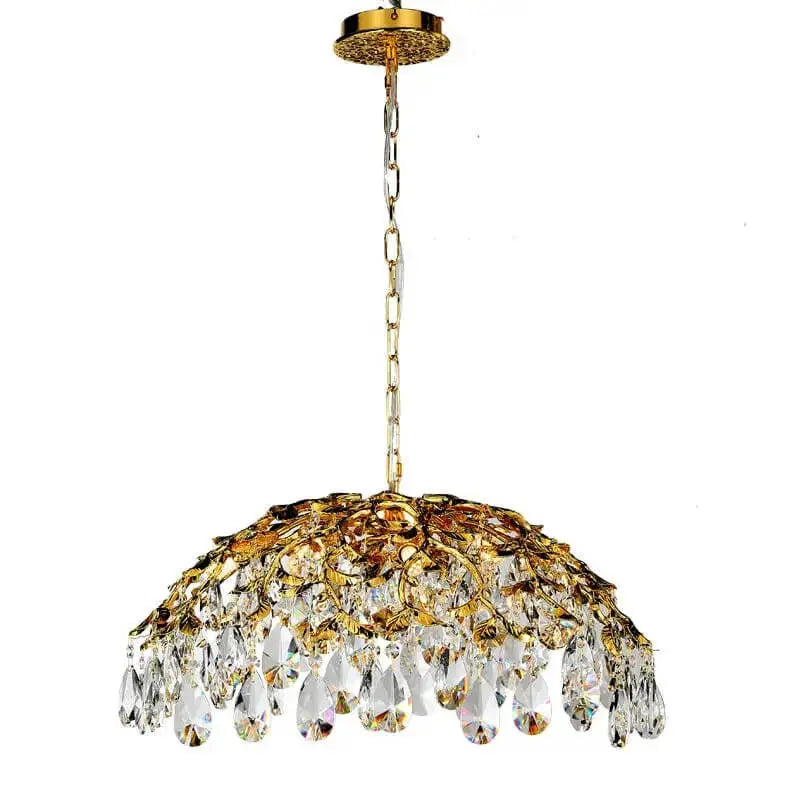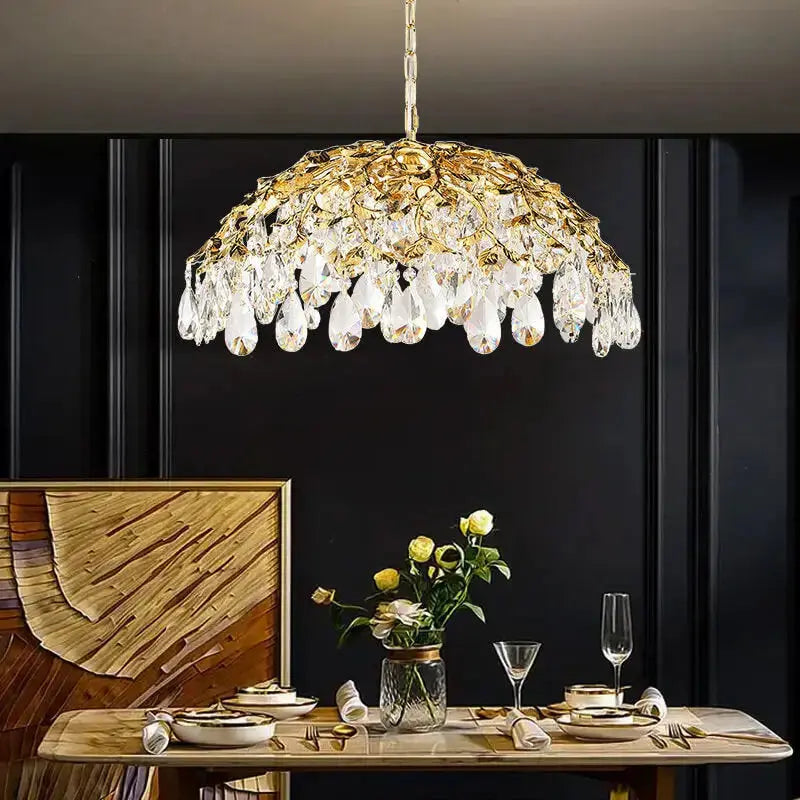Designing a rectangular living room layout with a TV can be a bit tricky, but with the right strategies, you can create a comfortable and stylish space. Whether you're looking to maximize your viewing experience or simply want to make your living room feel cozier, there are plenty of layout ideas to consider. From furniture arrangement to lighting and decor, let's explore how to make the most of your living room for optimal comfort and enjoyment.
Key Takeaways
- Position your sofa directly across from the TV for the best viewing angle.
- Incorporate accent chairs to enhance conversation and create a welcoming atmosphere.
- Use layered lighting to set the mood and ensure comfort while watching TV.
- Consider multifunctional furniture to save space and add practicality.
- Choose a soft color palette to make the room feel more inviting and relaxing.
Creating a Cozy Viewing Area
Positioning the Sofa for Optimal Viewing
When setting up your rectangular living room, the sofa's placement is key. Ideally, position your sofa directly facing the TV. This creates a natural focal point and ensures everyone has a good view. Consider the distance – too close, and it's uncomfortable; too far, and you'll be squinting. A good rule of thumb is that the distance should be about 1.5 to 2.5 times the diagonal size of your TV. For example:
| TV Size (Diagonal) | Ideal Viewing Distance |
|---|---|
| 55 inches | 82.5 - 137.5 inches |
| 65 inches | 97.5 - 162.5 inches |
| 75 inches | 112.5 - 187.5 inches |
Incorporating Accent Chairs
Don't just rely on the sofa for seating. Accent chairs can add both style and functionality to your viewing area. Place them at an angle to the sofa to encourage conversation and create a more inviting atmosphere. Consider these points when choosing accent chairs:
- Comfort: Make sure they're comfortable to sit in for extended periods.
- Style: Choose chairs that complement your sofa and overall decor.
- Size: Don't overcrowd the space; select chairs that fit comfortably without blocking walkways.
Choosing a Soft Color Palette
The colors you choose can significantly impact the coziness of your living room. Opt for a soft color palette to create a relaxing and inviting atmosphere. Think warm neutrals, muted blues, or gentle greens. These colors can help to create a stylish environment that's perfect for movie nights or relaxing evenings.
A soft color palette doesn't just look good; it can also affect your mood. Colors like light gray, beige, and pastel shades are known to promote relaxation and reduce stress, making your living room a true sanctuary.
Furniture Arrangement Strategies
Directly Facing the TV
This is probably the most obvious setup, but it works! The sofa faces the TV directly, making it super easy to watch. It's simple and effective, especially in smaller rooms. You can add a coffee table in the middle and maybe some side tables for drinks and snacks. It's not the most creative, but it gets the job done. This layout is ideal for dedicated viewing.
- Easy to set up.
- Maximizes viewing angle.
- Works well in small spaces.
This arrangement is straightforward and functional. It prioritizes the TV as the focal point, which is perfect for movie nights or binge-watching your favorite shows. However, it might not be the best for conversation or creating a more social atmosphere.
Utilizing L-Shaped Configurations
L-shaped layouts are great for creating a more conversational space while still keeping the TV in view. You can use a sofa and a couple of armchairs to form the "L" shape. This setup works well in larger rooms where you want to define different zones. Plus, it allows for easy interaction between people in the room. Consider adding a rug to tie the furniture arrangement together.
- Encourages conversation.
- Defines separate zones.
- Works well in larger rooms.
Floating Furniture Layouts
Floating furniture layouts involve pulling your furniture away from the walls. This can make a room feel larger and more open. It's a good option if you have a lot of windows or want to create a more dynamic space. You can float your sofa in the middle of the room and then angle the TV towards it. Just make sure you have enough space to walk around the furniture easily. You might need a stylish stand for the TV.
- Creates a sense of spaciousness.
- Works well with lots of windows.
- Adds visual interest.
Lighting Considerations for Comfort
Layered Lighting Techniques
Layered lighting is key to creating a comfortable and inviting living room. It's not just about having one overhead light! Think about combining different types of light sources to achieve the perfect ambiance. This could include a mix of ambient, task, and accent lighting. Ambient lighting provides overall illumination, while task lighting is focused on specific areas like reading nooks. Accent lighting highlights artwork or architectural features. By layering these different types of light, you can create a space that is both functional and visually appealing. Don't be afraid to experiment with different combinations to find what works best for your space. Consider the color temperature of your bulbs as well; warmer tones tend to create a cozier atmosphere.
- Overhead lighting (chandeliers, recessed lights)
- Floor lamps for ambient light
- Table lamps for task lighting
Natural Light Utilization
Making the most of natural light is crucial for a comfortable living room. Position your seating to maximize natural light exposure. Natural light not only makes the room feel brighter and more spacious but also has a positive impact on your mood. Avoid blocking windows with heavy curtains or furniture. Instead, opt for sheer curtains or blinds that allow light to filter through while still providing privacy. Mirrors can also be used to reflect and amplify natural light, making the room feel even brighter. Think about how the sun moves throughout the day and adjust your window treatments accordingly to control the amount of light entering the room. If you're lucky enough to have large windows or skylights, embrace them!
Dimmable Lighting Options
Dimmable lighting is a game-changer when it comes to creating a comfortable viewing experience. Being able to adjust the brightness of your lights allows you to customize the ambiance to suit your needs. Whether you're watching a movie, reading a book, or entertaining guests, dimmable lights give you the flexibility to create the perfect atmosphere. Install dimmers on your overhead lights, lamps, and even accent lighting to have complete control over the lighting in your living room. This is especially important when watching TV, as you can dim the lights to reduce glare and eye strain. Consider smart bulbs that can be controlled with your phone or voice assistant for even greater convenience. You can find great living room lighting ideas online.
Dimmable lighting is a simple yet effective way to enhance the comfort and functionality of your living room. It allows you to create the perfect ambiance for any occasion, from movie nights to cozy evenings by the fire.
Incorporating Multifunctional Furniture

Storage Solutions for Small Spaces
When you're dealing with a smaller living room, every inch counts. That's where multifunctional furniture with built-in storage comes in handy. Think ottomans with lift-up lids, coffee tables with drawers, or even sofas with hidden compartments. These pieces not only serve their primary function but also provide a place to stash blankets, remotes, books, and other living room essentials. It's a great way to keep clutter at bay and maintain a tidy, organized space.
- Shelving units that double as room dividers.
- Benches with storage underneath.
- Wall-mounted cabinets to save floor space.
I once used a trunk as a coffee table. It looked great and held all my board games!
Transformable Coffee Tables
Coffee tables are a living room staple, but they can take up a lot of space. A transformable coffee table offers a clever solution. These tables can be adjusted in height and size, allowing them to serve multiple purposes. Need a dining table for a quick meal? Simply raise the tabletop. Want to create more floor space for a workout? Fold it down. These tables are perfect for small apartments or anyone who appreciates versatility. Consider arranging furniture to maximize space.
Versatile TV Stands
TV stands don't have to be just a place to put your TV. Look for stands with built-in shelves, drawers, or cabinets to store media equipment, DVDs, and other items. Some stands even have adjustable shelves, allowing you to customize the storage space to fit your needs. A versatile TV stand can help you keep your entertainment area organized and clutter-free. A timeless living room layouts can help you decide on the best placement.
Here's a quick look at some options:
| Feature | Benefit |
|---|---|
| Adjustable Shelves | Custom storage for various items |
| Cable Management | Keeps cords organized and out of sight |
| Built-in Drawers | Hidden storage for remotes and DVDs |
Enhancing Aesthetics with Decor

Wall Decor Around the TV
Okay, so you've got your TV mounted or sitting on its stand. Now what? That blank wall around it can be a real eyesore if you don't do something. The key is to create a balanced and visually appealing arrangement. Think about using a gallery wall with framed prints or photos. You could also go for a single, large statement piece of art. Shelves are another great option, allowing you to display books, plants, and other decorative items. Just don't overcrowd the space; leave some breathing room.
Adding Greenery and Plants
Plants can really bring a living room to life. They add color, texture, and a sense of freshness. Plus, they help purify the air! Consider placing a tall potted plant in a corner or hanging some trailing plants near the TV. Even a few small succulents on a shelf can make a big difference. Just make sure to choose plants that will thrive in the lighting conditions of your living room. If you're not great at keeping plants alive, there are some great faux options these days that look surprisingly real. You can find some great decorating guides online.
Using Area Rugs to Define Spaces
Area rugs are a fantastic way to define different zones within your living room, especially in open-concept spaces. A rug can anchor your seating area and create a sense of cohesion. When choosing a rug, consider the size, shape, color, and pattern. A rug that's too small will look out of place, while one that's too large can overwhelm the room. The color and pattern should complement your existing furniture and decor.
Don't be afraid to experiment with different textures and patterns to add visual interest. A plush rug can add warmth and comfort, while a patterned rug can add a pop of personality. Just make sure the rug is durable and easy to clean, especially if you have pets or kids.
Maximizing Space in Narrow Rooms
Utilizing Vertical Space
When dealing with a narrow living room, think upwards! Don't just focus on the floor space; make the most of your walls. Tall bookshelves are your best friend. They not only provide ample storage but also draw the eye upwards, making the room feel taller and less cramped. Consider floating shelves too; they offer a sleek, modern look and don't take up any floor space. You can display books, plants, or decorative items to add personality and visual interest. Mirrors are also great for creating the illusion of more space. A large mirror on one wall can reflect light and make the room feel wider.
Creating Walkways for Flow
One of the biggest mistakes people make in narrow rooms is blocking the natural flow of movement. You want to be able to walk through the room without bumping into furniture. Avoid placing large pieces of furniture directly in the path between doorways. Instead, create clear walkways along the sides of the room. If you have to place furniture in a walkway, choose pieces that are narrow and low-profile. A slim loveseat or a small bench can provide seating without obstructing the flow of traffic. Think about how you naturally move through the space and arrange your furniture accordingly.
Arranging Seating for Conversation
Even in a narrow room, you can create a cozy and inviting conversation area. The key is to be strategic with your seating arrangement. Instead of placing all the seating against the walls, try pulling the furniture slightly away from the walls to create a more intimate setting. This can make the room feel less like a bowling alley and more like a comfortable living space. Consider using a small area rug to define the conversation area and anchor the furniture. A transformable coffee table can be a great addition, providing a surface for drinks and snacks without taking up too much space. Also, think about the viewing distance from your seating to the TV. You want to make sure everyone has a comfortable view without straining their eyes.
In a narrow living room, every inch counts. By utilizing vertical space, creating clear walkways, and arranging seating strategically, you can maximize the functionality and comfort of your space without sacrificing style.
Choosing the Right TV Placement
Determining the Best Wall
Okay, so you're trying to figure out where to put your TV. First things first: the wall. Not all walls are created equal, especially in a living room. You want to think about a few things before you commit. Is there a lot of natural light hitting one wall more than others? That's a no-go. Glare is the enemy of good TV watching. Also, consider the size of the wall. A tiny TV on a huge wall will look silly, and a massive TV crammed onto a small wall will be overwhelming.
Considering Viewing Distance
Viewing distance is super important. You don't want to be too close or too far away. Too close, and you'll see every imperfection on the screen and strain your eyes. Too far, and you might as well be watching ants. A good rule of thumb is to sit about 1.5 to 2.5 times the diagonal screen size away from the TV. So, if you have a 50-inch TV, you should be sitting somewhere between 6.25 and 10.4 feet away. This ensures a comfortable and immersive viewing experience.
Mounting vs. Stand Options
Now, the big question: mount it or put it on a stand? Mounting a TV can save space and give a cleaner, more modern look. It also keeps the TV out of reach of kids and pets. However, it requires drilling holes and potentially hiding cables, which can be a pain. A TV stand is easier to set up and move around, plus it offers storage space for consoles, DVDs, and other stuff. But it takes up floor space and might not look as sleek. Ultimately, it depends on your personal preference and the layout of your room.
Think about how you actually use your living room. Is it primarily for watching TV, or is it more of a social space? If it's the former, prioritize the TV placement. If it's the latter, you might want to compromise a bit to create a more balanced and inviting atmosphere.
Wrapping It Up
So there you have it! Designing a rectangular living room with a TV doesn’t have to be a headache. Just remember to keep comfort in mind. Position your sofa for the best view, add some cozy chairs, and don’t forget about lighting. A few plants or personal touches can really bring the space together. Whether you’re going for a modern look or something more classic, the key is to make it work for you. Take your time, experiment with layouts, and soon enough, you’ll have a space that’s perfect for relaxing and enjoying your favorite shows.
Frequently Asked Questions
What is the best way to arrange furniture around a TV?
To arrange furniture around a TV, place the TV at eye level and create a comfortable seating area. Make sure there’s enough space between the seats and the TV for a good viewing experience.
How far should my sofa be from the TV?
A good rule is to sit about 1.5 to 2.5 times the size of your TV away from it. For example, if you have a 50-inch TV, sit about 6 to 10 feet away.
What colors make a living room feel cozy?
Warm colors like soft browns, beiges, and light blues can make a room feel inviting. Adding soft textiles and warm lighting also helps.
How can I make a small living room feel larger?
Use mirrors to reflect light, choose light colors for walls and furniture, and arrange furniture to create open pathways.
Should I mount my TV on the wall or use a stand?
It depends on your space. Mounting the TV can save space and create a cleaner look, while stands can provide extra storage.
What type of lighting is best for a living room with a TV?
Layered lighting is ideal. Use a mix of overhead lights, floor lamps, and table lamps. Dimmable lights can help set the mood for watching TV.

